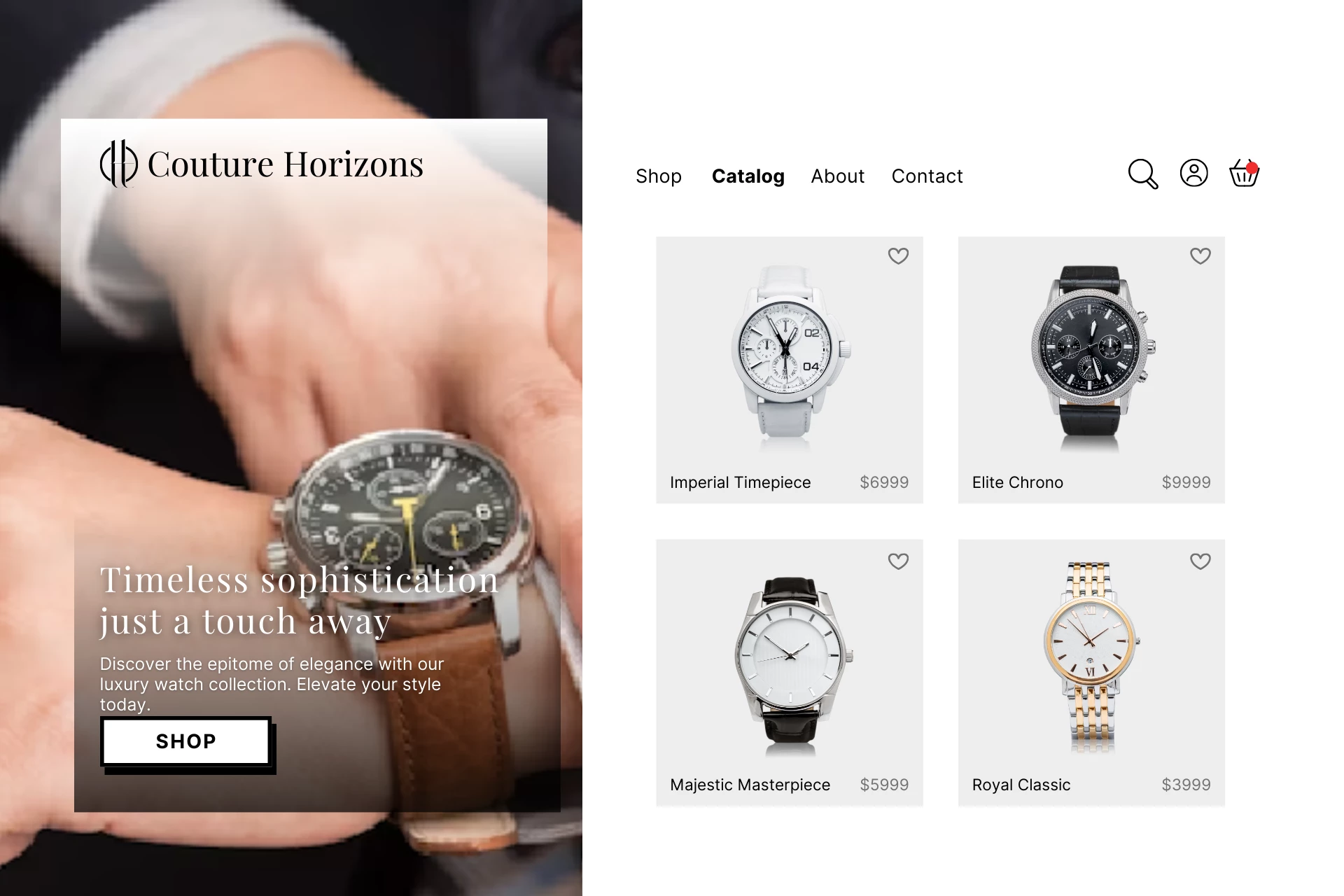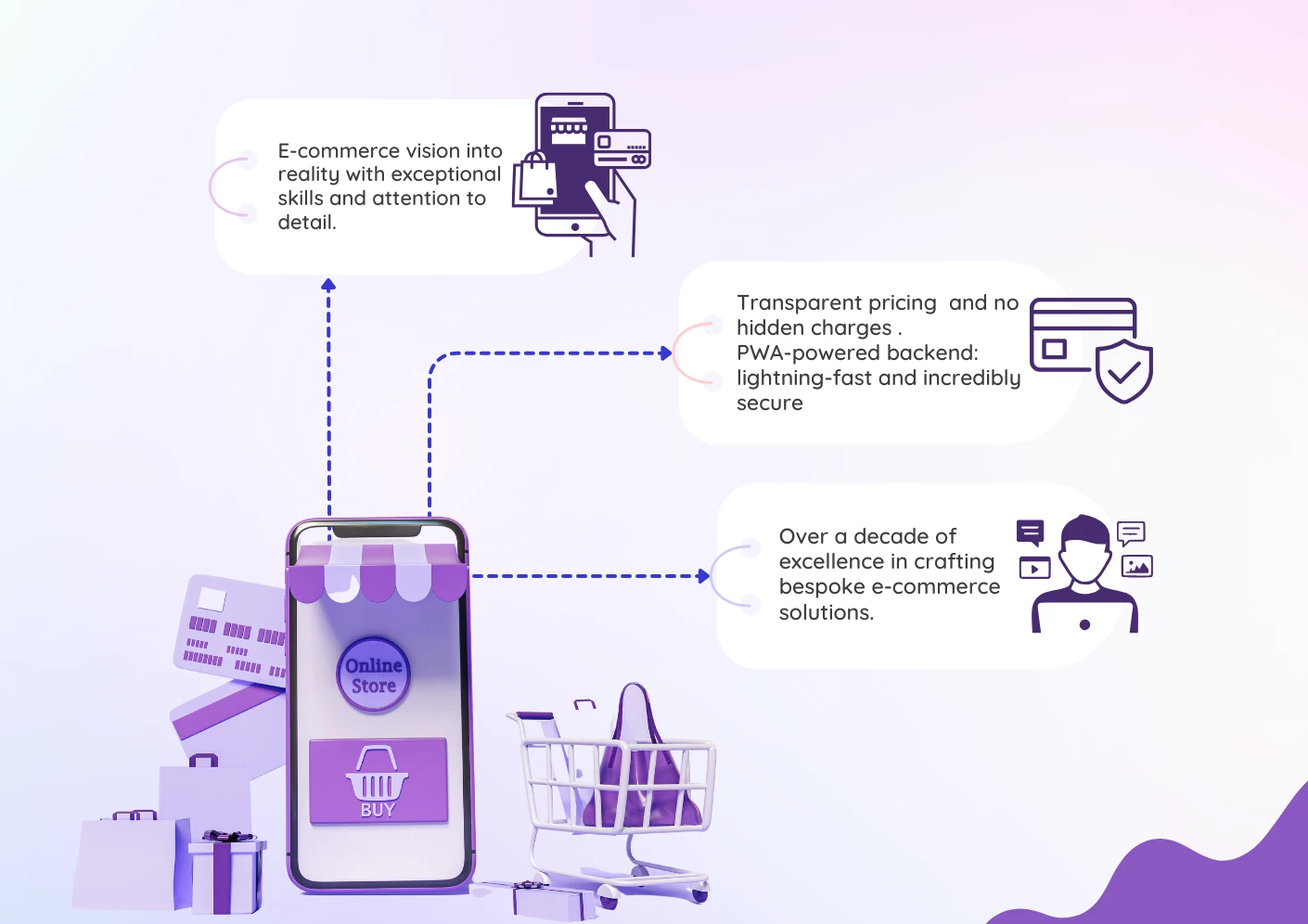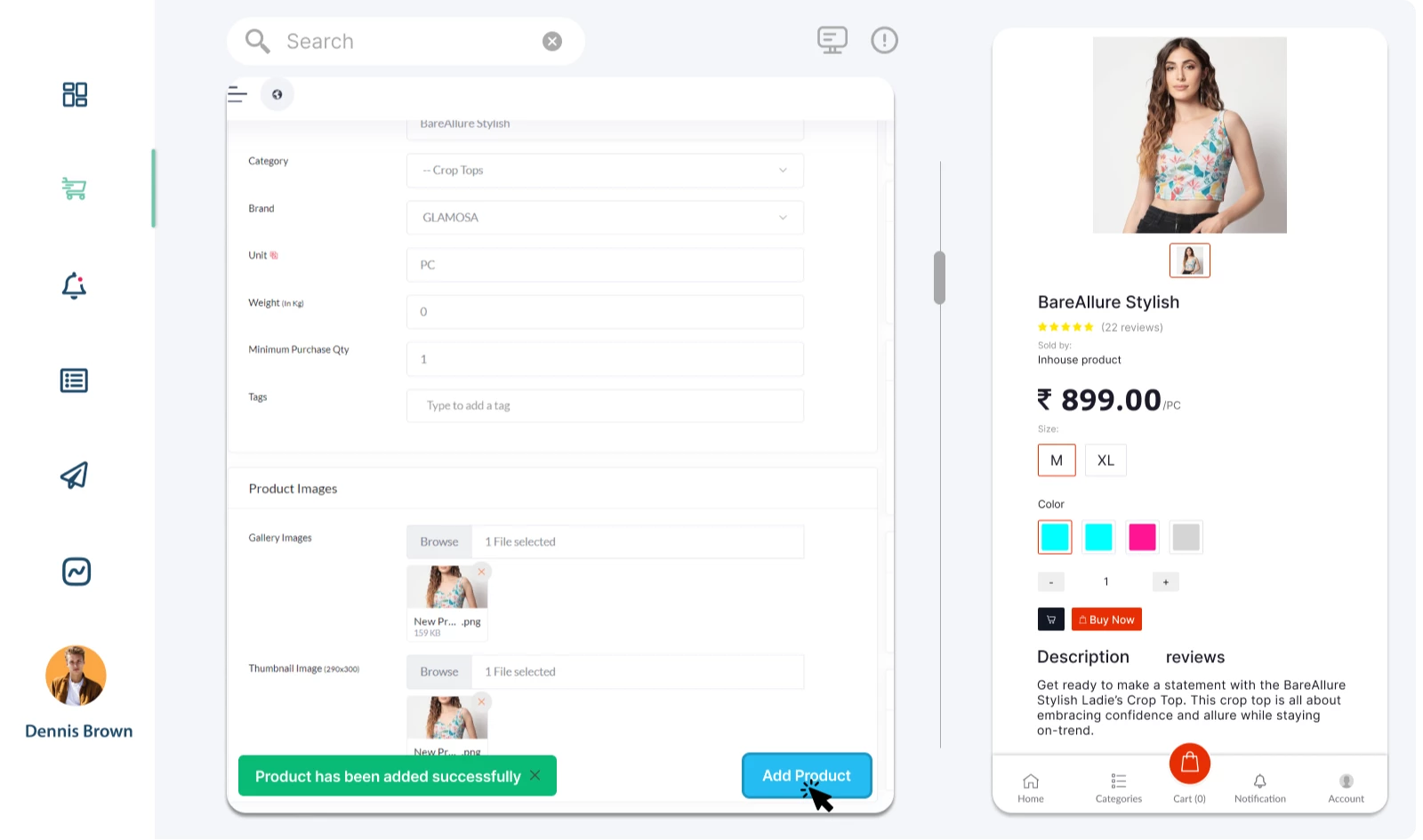Developing an e-commerce website is an exciting journey, but it's essential to have a clear understanding of the timeline involved. Several factors influence the timeline for creating a successful e-commerce website, and knowing what to expect during the development process is crucial for managing expectations. In this guide, we'll provide insights into the factors that influence the timeline for developing an e-commerce website and offer a general overview of the process.
Factors Influencing the Ecommerce Website Development Timeline
Several factors can influence the timeline for developing an e-commerce website. These include the complexity of the project, the size of the website, the availability of resources, the specificity of design and functionality requirements, and the project's scope. Understanding these factors is essential for setting realistic expectations.
Project Planning and Scope Definition
The project starts with planning and scope definition. During this phase, you establish project objectives, create a detailed plan, and identify key milestones. You also define the website's features, functionalities, and design requirements. The complexity and extent of this phase can vary, but it typically takes a few weeks to several months.
Design and Prototyping
The design phase involves creating the visual elements of your website, including layouts, graphics, and branding. Designers work on the website's user interface (UI) and user experience (UX). Prototyping may be done to test design concepts. This phase can take several weeks, depending on the complexity of the design.
Development and Coding
Development is the phase where the actual website is built. Developers write code, integrate features, and create the backend and front-end of the site. The timeline for this phase depends on the complexity of the website but can take several months.
Content Integration
Once the website structure is ready, content integration comes into play. This includes adding product listings, descriptions, images, and other content. The time required for this phase depends on the amount of content and its complexity.
Testing and Quality Assurance
The testing and quality assurance phase is crucial to ensure that the website functions correctly. Testing includes checking for bugs, optimizing load times, and verifying that all features work as intended. The duration of this phase depends on the depth of testing and the identification and resolution of issues.
Launch and Deployment
After rigorous testing and any necessary revisions, the website is ready to launch. This involves making the website live, configuring domain settings, and addressing any final checks. The launch phase can take a few days to a week, depending on the scope.
Ongoing Maintenance and Optimization
Website development is an ongoing process. Once launched, your website will require regular maintenance, security updates, and ongoing optimization. This phase continues indefinitely.
Developing an e-commerce website is a multi-faceted project that involves various stages, each with its timeline. Factors influencing the timeline include project complexity, design requirements, content integration, and the extent of testing. By understanding these factors and having a clear plan in place, you can set realistic expectations and successfully navigate the e-commerce website development process. Patience and careful planning are key to achieving a well-designed, fully functional, and secure online store that meets your business's goals.





